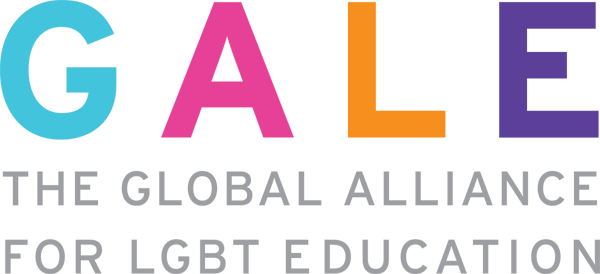Act strategically
Acting in a strategic way means you:
- do a needs assessment
- set priorities based on a SWOT analysis
- develop concrete long-term and intermediate goals
- develop and implement a combination of interventions which you can expect to reach your goals
- monitor and evaluate if your goals are reached
Strategic workshops
One way to quickly go through the process of assessment, analysis, setting priorities and developing goals is to organize a strategic workshop. In a strategic workshop, you can get the relevant partners together. You can start by filling in the GALE Checklist and creating a joint analysis of the situation. You can identify strengths of the participating organizations, weakness, opportunities and threats. You can strategically choose the best opportunities and use the best strengths available to seize them. Meanwhile, you can develop ways to tackle serious threats and take measures to diminish your weaknesses.
GALE offers programs and facilitation for strategic workshops in both denying, ambiguous and supportive countries.
Strategic workshops can be held regularly to strengthen the cooperation and to update the strategy to changing circumstances.
Initiate a follow-up
Follow-up depends on the type of plans that come out of the workshop or another way of cooperation between the partners of the GALE Committee and other partners. Often the main strategic lines are following the diagrams displayed at the top of this page.
In addition, you will probably want to design a strategy to make other organizations aware of the need to start acting against social exclusion of DESPOGI students. This cannot be done with a single action or intervention. Research on organizational change suggests this change occurs in 3 phases, which can be subdivided in 8 sub-phases.
Phase I: Create awareness
- Establish a sense of urgency in the organization (use your research!)
- Form a powerful, guiding coalition in the organization
- Create a vision that is linked to the core values of the organization
Phase II: Broaden support
- Communicate the vision to all participants of the organization
- Empower the organization participants to act on the vision
- Make sure there are short-term wins
Phase III: Consolidate changes
- Consolidate improvements and produce still more change
- Institutionalize new approaches
(Adapted from John Kotter, "The Heart of Change")
GALE offers training and support on developing and implementing school change.


